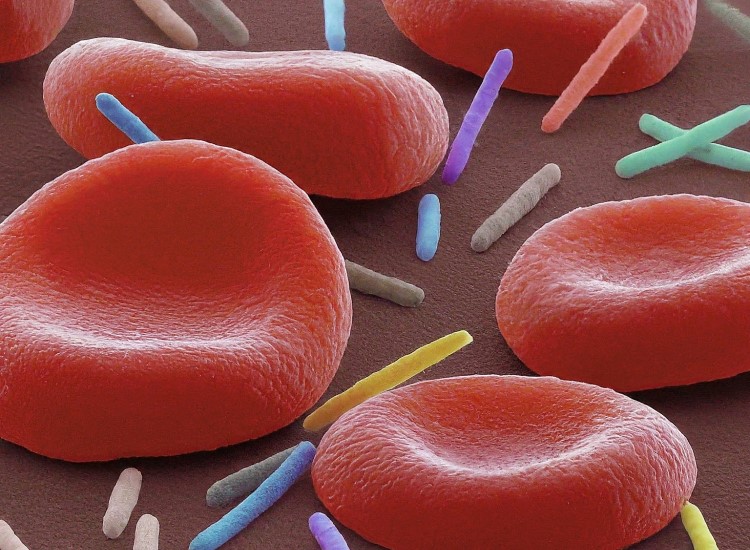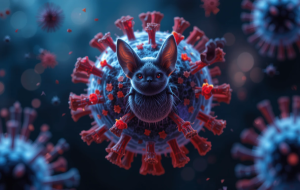Bloodthirsty Bacteria: Study Reveals “Vampire” Microbes That Seek Out Humans

Bloodthirsty Bacteria: Study Reveals "Vampire" Microbes That Seek Out Humans
Move over, Dracula, there’s a new kind of bloodsucker in town, and it’s microscopic! A recent study by researchers at Washington State University (WSU) has shed light on a fascinating phenomenon they’re calling “bacterial vampirism.” Here’s the scoop:
Craving for Serine: The Allure of Blood
The study found that some common and potentially deadly bacteria, including E. coli and Salmonella (yes, the ones that can give you a nasty case of food poisoning), are actually attracted to human blood. But it’s not for the dramatic reason you might think. These bacteria aren’t out to drain you dry. Instead, they’re drawn to the liquid part of blood, called serum, which is a rich source of nutrients they need to grow and thrive.
One specific nutrient seems to be particularly enticing: serine, an amino acid found in high concentrations in blood. Interestingly, serine is also a common ingredient in protein drinks!
How They Find Us: Following the Chemical Trail
The researchers observed that when they introduced tiny amounts of human serum to the bacteria, the microbes would literally swim towards it. This suggests that the bacteria have a way of sensing the chemicals in blood, allowing them to home in on a potential food source.
Why This Matters: New Insights into Bloodstream Infections
This discovery is pretty cool from a scientific standpoint, but it also has real-world implications. Understanding how these bacteria interact with blood could help us develop better treatments for bloodstream infections, which can be quite serious.
For example, if we can figure out how to block the bacteria’s ability to detect or utilize the nutrients in blood, we might be able to prevent them from causing harm. This research could also be helpful in understanding how bacteria contribute to complications in people with conditions like inflammatory bowel disease (IBD).
So, Should We Be Worried?
The good news is that for most healthy people, this shouldn’t be a major cause for concern. The bacteria we’re talking about normally live in our guts, and they only become dangerous if they manage to breach the intestinal wall and enter the bloodstream. This is more likely to happen in people with existing gut issues.
The key takeaway here is that our understanding of bacteria is constantly evolving. This study offers a fascinating glimpse into how these tiny organisms interact with our bodies, and it paves the way for future advancements in healthcare.






